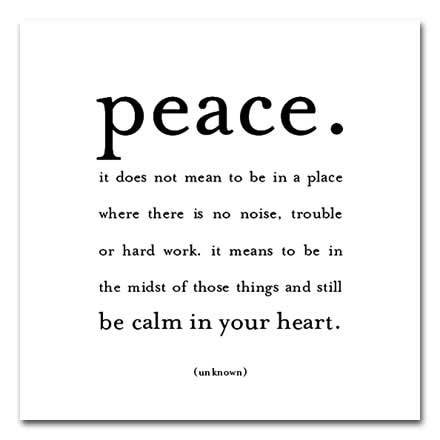Upon reading the chapter Identity
in Context by Nakkula, we were asked to answer a few questions regarding
the text for this week. Listed below are the questions accompanied by the
answers.
What is context
mapping? Context mapping is a diagram used to show our different identities
within our environment(s). It shines light onto whom and what we are.
Additionally, it tells us what environments we are immersed in and things we
are involved in.
What did Mitch ask
Julian to do? In the chapter Mitch first asks Julian to list, then write
down the spaces and relationships he navigates each day. Furthermore, he asks
him to write down what each of those spaces and people expect of him. Lastly,
Mitch asks him to pay attention to how he feels in those spaces.
What are the four identities described in the chapter? Foreclosed Identity, Moratorium, Diffuse
Identity, and Achieved Identity.
Foreclosed Identity: One in which an
individual has committed to a life direction, or way of being, without
exploring it carefully and without experimenting with alternatives.
Moratorium: When one actively
explores roles and beliefs, behaviors and relationships, but refrains from
making a commitment.
Diffuse Identity: State in which
there has been little exploration or active consideration of a particular
identity and no psychological commitment to one.
Achieved Identity: Occurs when the
identity crisis is resolved and the commitment to the selected identity is
high. Other identities are no longer explored.
In my opinion, we have situations in our lives that force us to undergo several of the identity types. However, in regards to my major and life goals, I feel as if I am between both Moratorium and Achieved Identity. I know that I want to work with children and help them with their development, however, there are certain aspects that I am unsure of. This coincides with the fact that I am unsure of where I want to be location wise when I begin my youth work. I don't know where I'll be or what I will be doing years from now, however, I am always open to exploring new avenues and learning from others.




